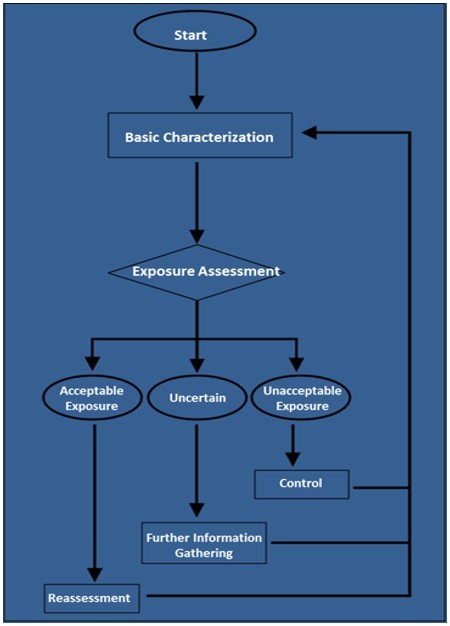Free eTool: Industrial Hygiene Exposure Assessment Characterization
Anticipate, Identify, Recognize
When starting an occupational exposure assessment, the first step a practicing industrial hygienist must do is be able to anticipate, identify, and/or recognize workplace hazards so that stressors that may impact employee health can be evaluated later in the assessment. Understanding the workplace, how chemical and physical agents are generated and the existing control measures (e.g. engineering controls) in place, help the industrial hygienist to develop an effective plan for evaluating risks.
IHEST – Industrial Hygiene Exposure Scenario Tool
AIHA has released the free IHEST (Industrial Hygiene Exposure Scenario Tool) which helps an industrial hygienist to identify and capture basic exposure potential data, for the purpose of improving evaluation accuracy in the assessment process. The tool includes prompts for:
- Process Overview
- Task Description
- Exposure Controls
- Similar Exposure Groups
- Employee Tasks
- Ventilation
- Room layout
- Airborne concentrations
- Dermal exposures, and
- Noise exposures
Download a copy of the AIHA IHEST from AIHA’s website or without macros below.
Source: AIHA
Statistical Analysis of Health & Safety Data – IHSTAT
Are you looking for statistical analysis of health and safety data (e.g. number of measured occupational exposures that exceed established OELS)? Take a look at OHShub.com’s post on IHSTAT, where you can download AIHA’s excel worksheet that can perform some basic statistics for you.



